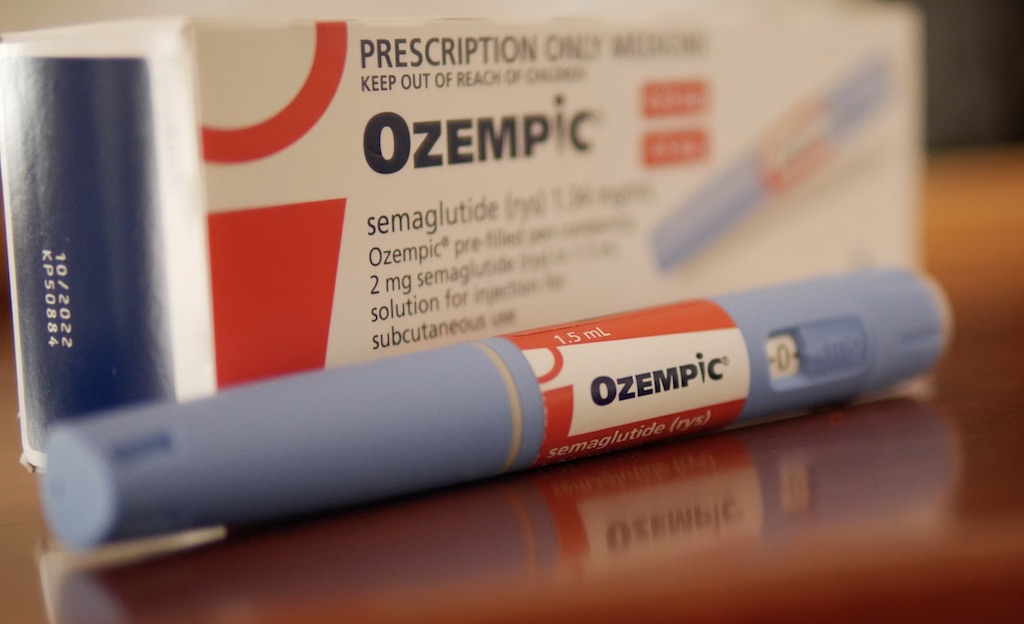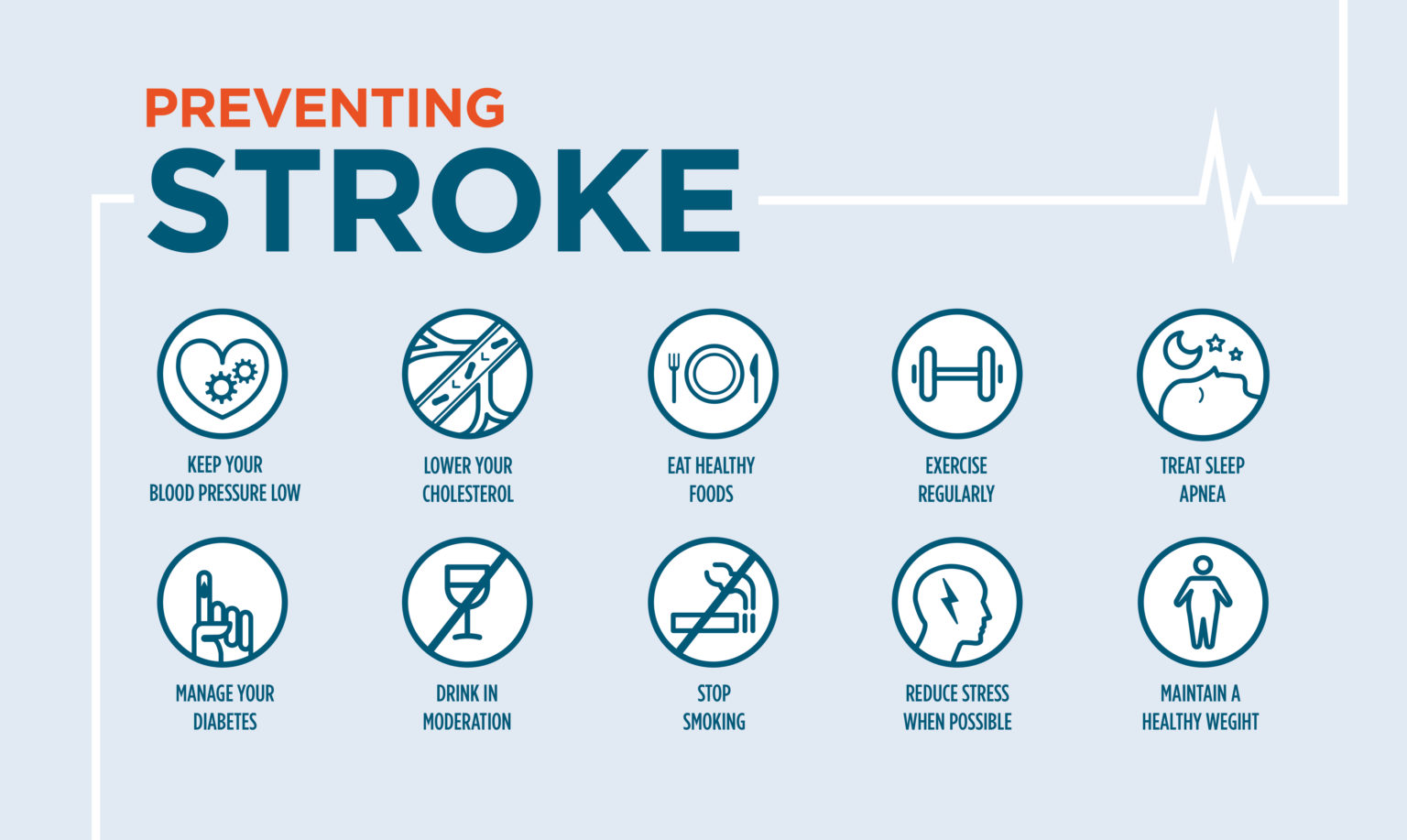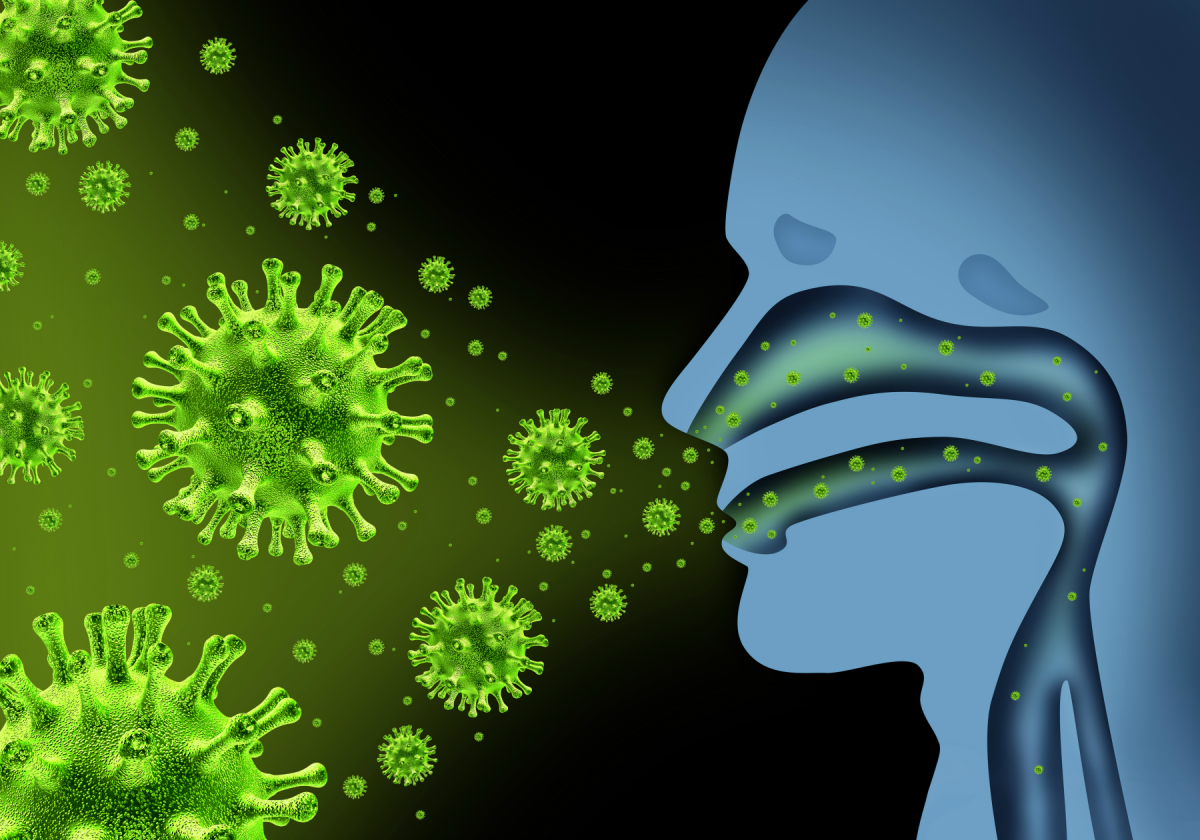1. Introduction to Diabetes
Definition
Diabetes is a long-term health condition that affects how your body converts food into energy. When you eat, your body breaks down food into sugar, or glucose, which is then released into your bloodstream. Normally, insulin, a hormone produced by the pancreas, helps glucose enter your cells to be used for energy. In diabetes, this process is disrupted, leading to high levels of glucose in the blood.
Types of Diabetes
Type 1 Diabetes: This is a chronic autoimmune condition where the body attacks the insulin-producing cells in the pancreas. As a result, the body produces little to no insulin. Type 1 diabetes is often diagnosed in childhood or adolescence, but it can occur at any age. Individuals with this type require lifelong insulin therapy.
Type 2 Diabetes: This form of diabetes typically develops in adulthood and is characterized by insulin resistance. In type 2 diabetes, the body’s cells do not respond effectively to insulin, and the pancreas cannot produce enough insulin to overcome this resistance. Over time, this can lead to elevated blood sugar levels. Type 2 diabetes is often associated with lifestyle factors and can be managed with a combination of lifestyle changes and medication.
2. Symptoms of Diabetes
Common Symptoms
- Frequent urination, especially at night: High blood sugar levels cause the kidneys to work overtime to filter and absorb the excess glucose, leading to more frequent urination.
- Extreme thirst: As frequent urination dehydrates the body, it triggers an increased thirst to replenish lost fluids.
- Increased hunger: The body’s inability to properly use glucose for energy leads to increased hunger as cells signal for more fuel.
- Unintentional weight loss: Despite eating more, the body may start burning fat and muscle for energy if it can’t use glucose properly.
- Fatigue: Lack of glucose in cells results in constant tiredness and lack of energy.
- Blurry vision: High glucose levels can cause swelling in the lens of the eye, leading to blurred vision.
- Itchy or dry skin: Poor circulation and fluid loss can lead to dry, itchy skin.
- Slow-healing wounds: High blood sugar levels affect blood flow and impede the healing process.
- Tingling or numbness in hands and feet: Excess glucose can damage nerves, causing tingling and numbness.
Type 1 Diabetes Specific Symptoms
- Sudden, unintentional weight loss: Rapid loss of weight despite no changes in diet or exercise.
- Bedwetting after being dry at night: Recurrent bedwetting in children who were previously dry at night.
- Yeast infections in prepubescent girls: Frequent yeast infections due to high sugar levels in urine.
- Breath that smells like fruit: A fruity odor in breath, indicating high levels of ketones.
- Flu-like symptoms: Nausea, vomiting, breathing problems, and loss of consciousness due to diabetic ketoacidosis, a dangerous buildup of acids in the blood.
Type 2 Diabetes Specific Symptoms
- Persistent infections or slow-healing wounds: Frequent infections and slow healing due to poor blood circulation.
- Numbness or tingling in hands or feet: Chronic high blood sugar can lead to nerve damage.
- Heart problems: Increased risk of heart disease and related complications.
- Increased risk of oral thrush infections: High blood sugar levels create an environment conducive to infections like oral thrush.
- Diabetic neuropathy: Tingling, pain, or weakness in the extremities due to nerve damage.
- Volatile moods: Unstable blood sugar levels can lead to irritability and depression-like symptoms.
Gestational Diabetes Symptoms
- Generally asymptomatic, but may include increased thirst and urination.
Warning Signs of Diabetes Complications
- Slow-healing sores or cuts: Indicates poor circulation and potential nerve damage.
- Frequent yeast infections: High glucose levels can promote yeast growth.
- Velvety, dark skin changes (acanthosis nigricans): Dark, velvety patches of skin, often around the neck or armpits.
- Erectile dysfunction (ED) in men: Reduced blood flow and nerve function can lead to ED.
Hypoglycemia Symptoms (Low Blood Sugar)
- Shakiness, nervousness, or anxiety
- Sweating, chills, or clamminess
- Irritability or impatience
- Confusion
- Lightheadedness or dizziness
- Hunger
- Sleepiness
- Weakness
- Tingling or numbness in lips, tongue, or cheeks
- Fast heartbeat
- Pale skin
- Blurred vision
- Headache
- Nightmares or crying during sleep
- Coordination problems
- Seizures
Hyperglycemia Symptoms (High Blood Sugar)
- Heavy thirst
- Blurry vision
- Frequent urination
- Increased hunger
- Numb or tingling feet
- Fatigue
- Sugar in urine
- Weight loss
- Vaginal and skin infections
- Slow-healing cuts and sores
- Blood glucose over 180 mg/dl
3. Causes and Mechanisms of Diabetes
General Mechanism
Diabetes is characterized by high blood sugar levels, which cause a range of symptoms and complications. The underlying issue in diabetes is the presence of excess glucose in the bloodstream. This occurs either because the body does not produce enough insulin (Type 1 diabetes) or because the body’s cells do not respond properly to insulin (Type 2 diabetes).
When blood sugar levels rise, the body attempts to expel the excess glucose through urine. This process leads to frequent urination, as the kidneys work overtime to filter out the surplus sugar. As a result, the body becomes dehydrated, triggering an increased sense of thirst.
In addition to dehydration, poor insulin response or production disrupts normal energy metabolism. Insulin is essential for allowing glucose to enter cells and be used as fuel. Without adequate insulin function, glucose remains in the blood, and cells are deprived of energy. This can lead to fatigue and, over time, can damage nerves and other tissues, affecting overall bodily function. The combination of these factors explains many of the common symptoms and complications associated with diabetes.
4. Risk Factors for Diabetes
Type 1 Diabetes
Children and Young Adults: Type 1 diabetes is most commonly diagnosed in children, teenagers, and young adults. Although it can occur at any age, this form of diabetes typically presents itself early in life.
Immediate Relatives with Type 1 Diabetes: Genetics play a significant role in the development of Type 1 diabetes. Having a parent, sibling, or child with Type 1 diabetes increases the likelihood of developing the condition.
Type 2 Diabetes
Age Over 45: The risk of developing Type 2 diabetes increases with age, particularly after the age of 45. As people age, their bodies may become less efficient at managing blood sugar levels.
Overweight: Excess body weight, particularly around the abdomen, is a significant risk factor for Type 2 diabetes. Fat cells, especially those stored around the midsection, can cause the body to become resistant to insulin.
Sedentary Lifestyle: Physical inactivity contributes to the development of Type 2 diabetes. Regular exercise helps maintain a healthy weight and improves the body’s ability to use insulin effectively.
Smoking: Tobacco use is linked to a higher risk of diabetes. Smoking increases blood sugar levels and can lead to insulin resistance.
Family History of Diabetes: A family history of Type 2 diabetes increases an individual’s risk of developing the condition. This suggests a genetic predisposition to the disease.
High Blood Pressure: Hypertension is closely associated with insulin resistance and Type 2 diabetes. Managing blood pressure through diet, exercise, and medication can reduce this risk.
Abnormal Cholesterol Levels: High levels of LDL (bad cholesterol) and low levels of HDL (good cholesterol) are risk factors for Type 2 diabetes. These cholesterol imbalances can contribute to insulin resistance.
History of Insulin Resistance: Individuals with a history of insulin resistance are at a higher risk of developing Type 2 diabetes. Conditions such as polycystic ovary syndrome (PCOS) are linked to insulin resistance.
Certain Ethnic Backgrounds: People from specific ethnic backgrounds, including American Indian, Alaskan Native, Hispanic, and Black communities, have a higher prevalence of Type 2 diabetes. Genetic and lifestyle factors within these groups contribute to the increased risk.
5. Diagnosis of Diabetes
Common Tests
A1C Test: The A1C test, also known as the hemoglobin A1C or HbA1c test, measures your average blood glucose levels over the past 2-3 months. This test provides a long-term view of blood sugar levels and helps in diagnosing diabetes and prediabetes. An A1C level of 6.5% or higher on two separate tests indicates diabetes.
Fasting Plasma Glucose (FPG) Test: The FPG test requires fasting for at least 8 hours before blood is drawn. This test measures the blood glucose level at a single point in time. An FPG level of 126 mg/dL (7.0 mmol/L) or higher on two separate tests indicates diabetes.
Oral Glucose Tolerance Test (OGTT): The OGTT measures your blood glucose levels before and after you consume a sweet drink. Initially, a fasting blood sample is taken. Then, you drink a sugary solution, and your blood glucose levels are tested at intervals over the next 2 to 3 hours. An OGTT level of 200 mg/dL (11.1 mmol/L) or higher after 2 hours indicates diabetes.
Random Plasma Glucose Test: This test measures blood glucose levels at any time of the day, regardless of when you last ate. A random plasma glucose level of 200 mg/dL (11.1 mmol/L) or higher, along with the presence of diabetes symptoms, suggests diabetes. This test is often used when diabetes symptoms are severe and need immediate confirmation.
6. Management and Treatment of Diabetes
Type 1 Diabetes
Lifelong Insulin Therapy Required: Individuals with Type 1 diabetes need to take insulin for life because their bodies do not produce the hormone. Insulin can be administered through injections or an insulin pump, which helps maintain blood glucose levels within the target range.
Monitoring Diet to Match Insulin and Activity: Managing Type 1 diabetes involves balancing insulin doses with food intake and physical activity. Regular monitoring of blood glucose levels helps in adjusting insulin doses to prevent high or low blood sugar levels. Carb counting and understanding how different foods affect blood sugar are crucial for effective management.
Type 2 Diabetes
Lifestyle Changes (Diet, Exercise, Weight Loss): Making lifestyle changes is a cornerstone of managing Type 2 diabetes. Adopting a healthy diet that includes whole grains, lean proteins, and vegetables helps regulate blood sugar levels. Regular physical activity improves insulin sensitivity and helps maintain a healthy weight. Losing even a small percentage of body weight can significantly impact blood sugar control.
Oral or Injectable Medications (Insulin, Metformin): Depending on the severity of the condition, individuals with Type 2 diabetes may require medications to manage their blood sugar levels. Metformin is commonly prescribed to improve insulin sensitivity and reduce glucose production in the liver. Other oral medications or injectable insulin may be needed if lifestyle changes and metformin alone are insufficient.
Monitoring Carbohydrate Intake and Avoiding Over-Processed, Low-Fiber Foods: Controlling carbohydrate intake is essential for managing Type 2 diabetes. Foods high in refined sugars and low in fiber can cause rapid spikes in blood sugar levels. Focusing on whole, unprocessed foods with high fiber content helps in maintaining stable blood sugar levels. Regular monitoring of blood glucose levels is important to understand how different foods affect individual responses and to make necessary dietary adjustments.
7. Prevention and Control
Lifestyle Recommendations
Increase Physical Activity to 150 Minutes per Week: Regular physical activity is essential for preventing and managing diabetes. Aim for at least 150 minutes of moderate-intensity exercise per week, such as brisk walking, swimming, or cycling. Exercise helps improve insulin sensitivity and aids in maintaining a healthy weight.
Lose 5-7% of Body Weight if Above Ideal Weight: Losing a small percentage of body weight can significantly reduce the risk of developing Type 2 diabetes. Even a modest weight loss of 5-7% can improve blood sugar levels and overall health.
Healthy Diet with Lean Proteins, Whole Grains, and Low-Carb Foods: Adopting a balanced diet is crucial for diabetes prevention and control. Focus on consuming lean proteins, whole grains, and low-carb foods. Avoid high-sugar and highly processed foods to maintain stable blood glucose levels.
Regular Checkups and Glucose Testing for High-Risk Individuals: If you are at high risk for diabetes, regular medical checkups and glucose testing are vital. Early detection and management can prevent or delay the onset of diabetes and its complications.
Dietary Choices
Cruciferous Vegetables: Incorporate cruciferous vegetables like Brussels sprouts, cabbage, kale, spinach, and cauliflower into your diet. These vegetables are rich in fiber, vitamins, and minerals, and help maintain healthy blood sugar levels.
Protein: Choose lean protein sources such as skinless chicken, lean turkey, salmon, beef sirloin, pork loin, cod, tilapia, halibut, shrimp, crab, lobster, and mussels. Lean proteins support muscle health and help control hunger without spiking blood sugar levels.
Fruits: Include fruits that are high in antioxidants and vitamins, such as blueberries, blackberries, apples, and oranges. These fruits provide essential nutrients and fiber, which aid in blood sugar management.
Whole Grains: Opt for whole grains like whole grain crackers, popcorn, whole grain bread, brown rice, and quinoa. Whole grains are high in fiber, which helps regulate blood sugar levels and keeps you feeling full longer.
8. Importance of Early Detection
Early Diagnosis
Early diagnosis of diabetes is crucial for effective management and prevention of serious health issues. Identifying the condition in its initial stages allows for timely intervention, which can help control blood sugar levels and reduce the risk of complications. Early detection also provides an opportunity to make lifestyle changes that can prevent the progression of the disease.
Consultation
If you are experiencing any symptoms of diabetes, it is essential to seek medical advice promptly. Consulting with a healthcare provider ensures that you receive the necessary tests and a proper diagnosis. Early medical intervention can lead to better management strategies and prevent complications associated with uncontrolled diabetes. Regular monitoring and professional guidance are key to maintaining overall health and well-being.
9. Conclusion
Management
Both types of diabetes require careful planning and management to maintain optimal health. Regular monitoring of blood glucose levels, adhering to prescribed medication regimens, and making informed lifestyle choices are essential components of effective diabetes management. By following a structured plan, individuals with diabetes can effectively control their condition and reduce the risk of complications.
Active Life
With proper management, individuals with diabetes can lead full and active lives. Maintaining a healthy diet, engaging in regular physical activity, and managing stress levels contribute to overall well-being. With the right approach, people with diabetes can participate in a wide range of activities and enjoy a high quality of life.
Prevention
While genetic factors may play a role in the development of Type 2 diabetes, the risk can be significantly reduced through lifestyle changes. Adopting a balanced diet, maintaining a healthy weight, and staying physically active are key strategies for preventing Type 2 diabetes. Regular health checkups and monitoring can also aid in early detection and prevention. By taking proactive steps, individuals can lower their risk and manage their health effectively.



